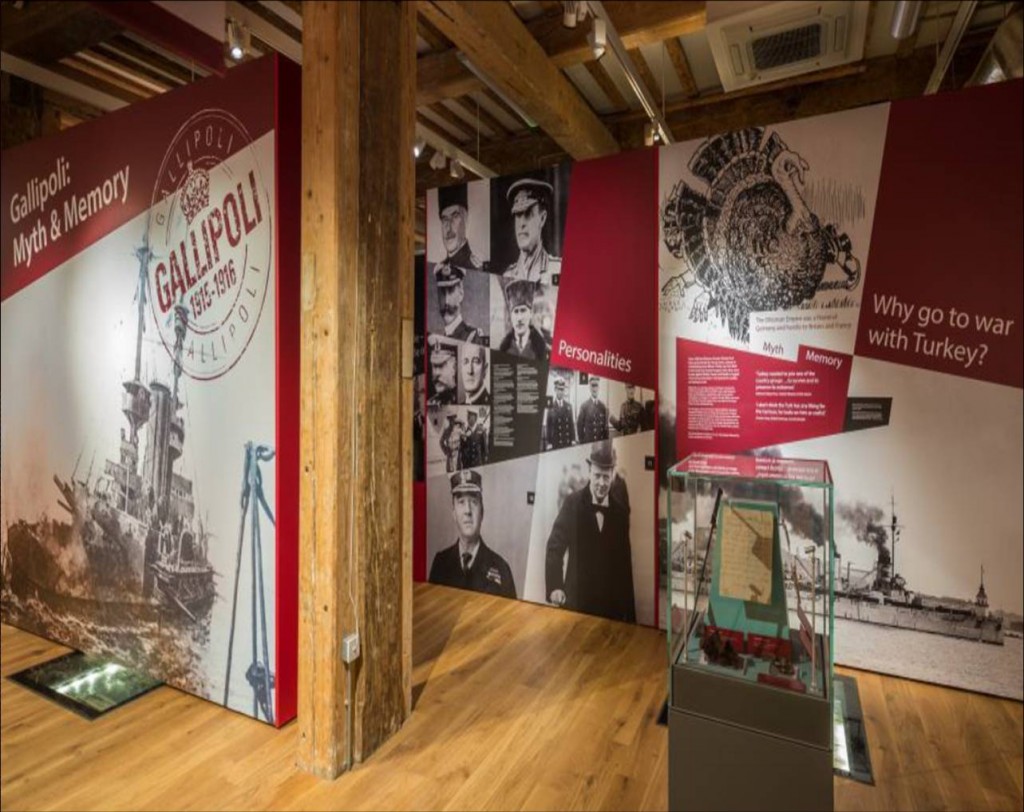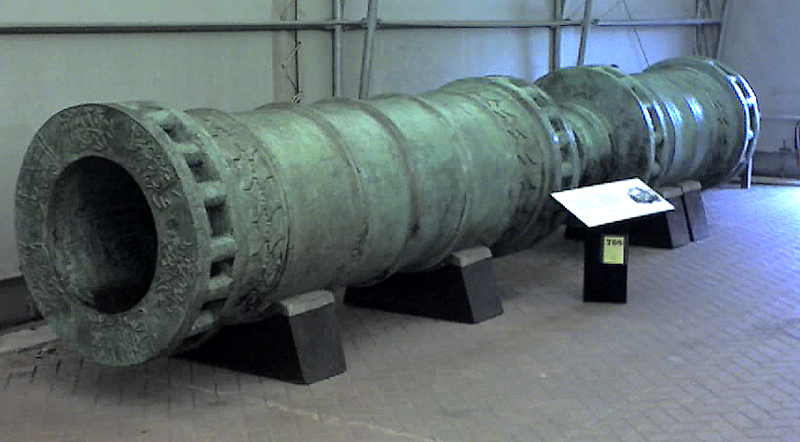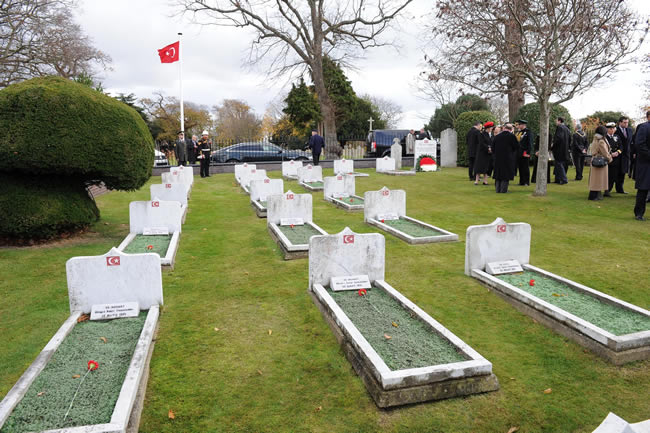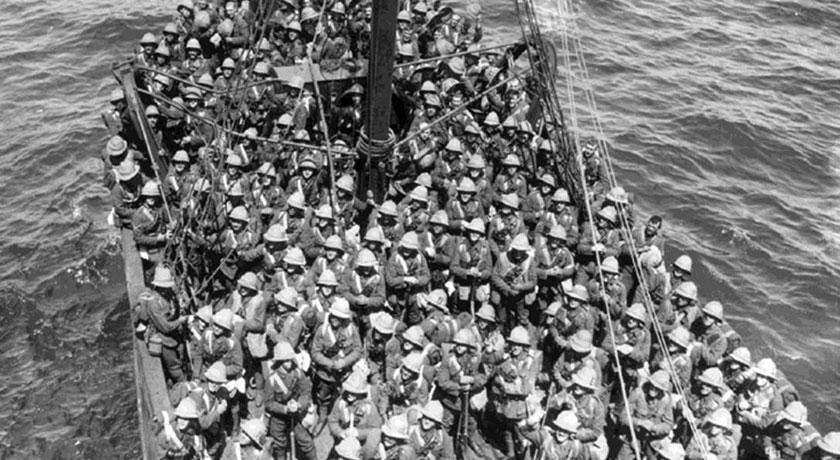On this Remembrance Sunday, when the United Kingdom (UK) honours the heroic efforts, achievements and sacrifices of those who fought in past wars, spare a thought for a battle that is usually overlooked: the campaign at Gallipoli, or Çanakkale, fought against the Ottomans one hundred years ago, which ended in defeat for Britain and its allies.
Part of World War I, this bloody campaign began with a naval assault by the Allies in March 1915. Their aim was to capture the Dardanelles – a key sea route. The following month, the Allies, whose troops came from Great Britain, France, Australia, New Zealand, and India, landed 500,000 soldiers on the Gallipoli Peninsula, intending to march on to Istanbul. But their plans were thwarted by the Ottomans, who won a famous victory in January 1916, although it exacted a heavy toll on both sides with some half-a-million casualties.
Listen to A World in London radio show on ‘Gallipoli 100’
Earlier this year, former Konsey head Ahmet Baştürk was a guest on ‘Heritage at A World in London – Gallipoli 100’, a special radio programme hosted by DJ Ritu to discuss the legacy of the Gallipoli campaign. Joining him was Dianna Djokey and Fiona Smythe from the National Museum of the Royal Navy in Portsmouth.

The hour-long programme contained heaps of historical facts from the 100-year old battle, intertwined with wonderful music, with the studio guests providing different perspectives, both British and Turkish, about the conflict. The show formed part of A World in London series to highlight the role of migrants in British history and heritage.
Listen to the show here.
Gallipoli: Myth and Memory, Royal Navy Museum
One of the aspects the radio show covered was a special exhibition about Gallipoli at the National Museum of the Royal Navy (NMRN) in Portsmouth during its centenary year commemorations. Called Gallipoli: Myth and Memory, it contains never-before-seen exhibits, witness accounts, and displays re-telling the story of Gallipoli distorted by national myth.
The exhibition explores every element, from British troop deployment to their evacuation nearly a year later. It demonstrates how the Royal Navy was at the heart of Britain’s military operation in Gallipoli, including its immaculate evacuation of troops, seemingly overnight, from the Peninsula.
Some of the myths that have since circulated about this epic battle include that the Ottomans were ‘weak and could be easily defeated’, that being in the Mediterranean, the Allies’ biggest threat would be ‘the heat’ (many troops actually froze to death), and that had the Turks lost Gallipoli, the First World War would have been over more quickly.

Among the exhibition’s highlights are: a 3 metre long model of HMS Swiftsure; Admiral Carden’s (who was in charge when the Allied fleet advanced up the Dardanelles Straits) archive, including his plans and correspondence with Winston Churchill; and naval officer Rowland Langmaid’s journal, which contains a diary complete with sketches and descriptions of what he observes while serving on a battleship in Gallipoli.
Other significant Portsmouth military sites for British Turks
The exhibition runs until the end of January 2016. While you are in Portsmouth, it’s worth visiting a few other important sites that hold significance for British Turks:
- See HMS M.33 , the sole surviving British warship from Gallipoli. It’s sited within the Portsmouth Historic Dockyard, 130 metres away from the NMRN.
- The Royal Armouries at Fort Nelson, overlooking Portsmouth, where the Dardanelles Gun is housed. Modelled on the guns used by the Ottomans during the victorious Siege of Constantinople in 1453, it was cast in bronze in 1464 by Munir Ali. At 5m long gun and weighing nearly 17 tonnes, it remained a core part of the Ottomans’ artillery for 340 years, helping to keep an array of forces at bay, including the British during their 1807 Dardanelles Campaign. In 1866, Sultan Abdülâziz gifted the Dardanelles Gun to Queen Victoria.Admission to the fortress and its modern museum is free. Open daily from 10.30am to 4pm, last admission is 3pm.

The Dardanelles Gun, made of bronze by the Ottomans in 1464, now on display at Fort Nelson in Hampshire. Photo: Wikipedia
- Turkish sailors laid to rest at the Haslar Royal Naval Cemetery. Between 1859 and 1860, two Turkish ships were anchored off Hardway, Gosport. Some Turkish sailors were admitted to hospital suffering from cholera or injured during from training accidents. 26 died and were buried in the local town, which was dubbed ‘Turk Town’. Their remains were moved to their current burial site in 1900. Each year, the Turkish ambassador, and representatives of the Turkish armed forces and community come to pay their respects.The cemetery is open daily and access is unlimited. It is located in Clayhall Road, Gosport, Hampshire, on the opposite side to Portsmouth Harbour, a 27-minute drive via the M27 from Portsmouth Historical Dockyard.

For the Gallipoli: Myth and Memory and HMS M.33, check the NMRN website before travelling for ticket availability: it can get very busy during weekends and school holidays, with the number of visitors to certain exhibitions and tours limited.
Exhibition: Gallipoli: Myth and Memory
Runs until: 31st January 2016
Venue: National Museum of the Royal Navy, Portsmouth Historic Dockyard (entry via Victory Gate at the corner of Queen Street and the Hard), Portsmouth, PO1 3LA
Winter (November to March) opening hours: 10am – 4.15pm daily. Open every day except Christmas Eve, Christmas Day and Boxing Day.
Tickets for NMRN & harbour tour: £8 (children), £13 (adults), or £33.40 (family ticket: two adults, three children)
How to get there: nmrn-portsmouth
More info: nmrn.org.uk






Leave a Reply
You must be logged in to post a comment.